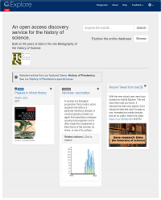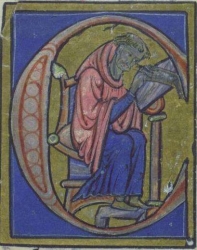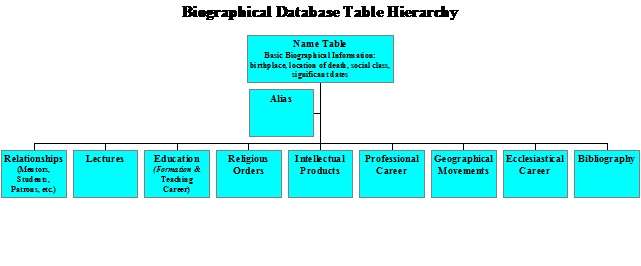Steven J. Livesey
Prosopography is a form of historical inquiry that investigates common features of a group of historical figures through a collective study of their biographical data. By its very nature, it differs from pure biographical research in the sheer quantity of the data accumulated and analyzed, and from political and other forms of history in that it seeks to investigate those political structures through the personal relationships of the individuals they comprised. From its inception in the late nineteenth century, prosopographical research has contributed greatly to historical knowledge, particularly in societies where the political structures under investigation were still in a rudimentary state of development [Stone (1972) and Beech (1976)].
The use of computers in historical work is now more than a generation old. One of the pioneering studies for the Middle Ages was conducted by T. H. Aston et al. (1977, 1980), who analyzed A. B. Emden’s biographical registers of medieval Oxford (1957-59) and Cambridge (1963) scholars. Their research displayed, among other things, the extracurricular fortunes of medieval university graduates from the thirteenth through the fifteenth centuries, research that has been the basis of a continuing controversy over the funding of medieval English education. Subsequent prosopographical studies, like Jacques Verger’s work (1986) on universities of the Midi or Christine Renardy’s analysis (1981) of universities in the diocese of Liège, have tended to focus on a particular university or region and analyze the university structure through the prosopographical data of its graduates. In projects such as these, institutional records are scrutinized by comparing their picture of the institution against that emerging from the lives of university members.
The prosopographical database upon which I am working focuses on the Middle Ages, and in particular on the authors of two fundamental groups of texts: commentaries on Aristotle’s works, and commentaries on a theological text with significant scientific content, Peter Lombard’s Sentences. During the twelfth and early thirteenth centuries, these two groups of texts became the primary pedagogical tools for the two major faculties of nascent European universities. Students and masters alike were expected to show their familiarity with and elaborations upon both Aristotle and the Sentences. The database takes its unifying structure from the literary products of the Arts and Theology faculties, and seeks to investigate the institutional and biographical components of these products.
The database is comprised of eleven related tables, organized in the following way:





